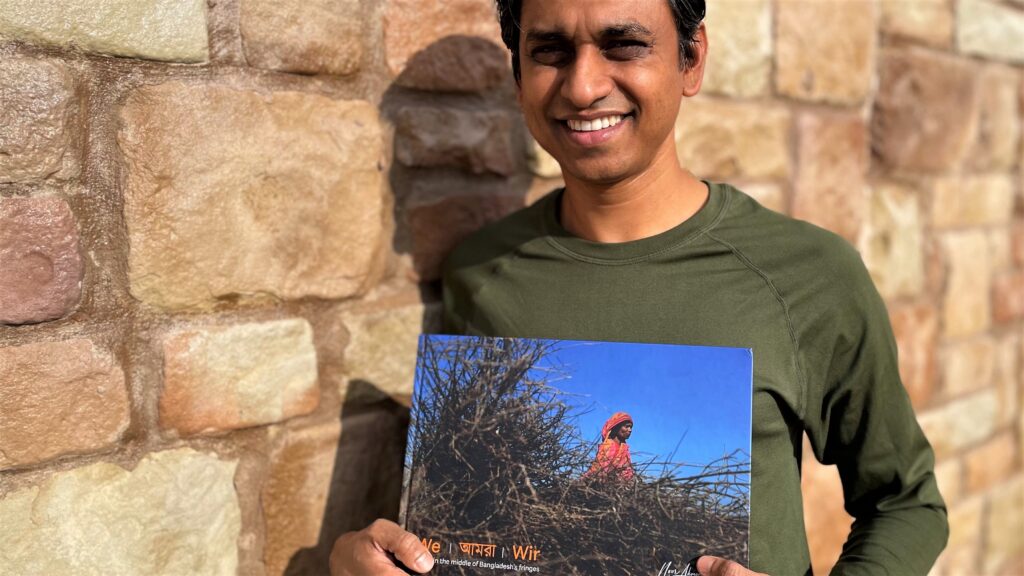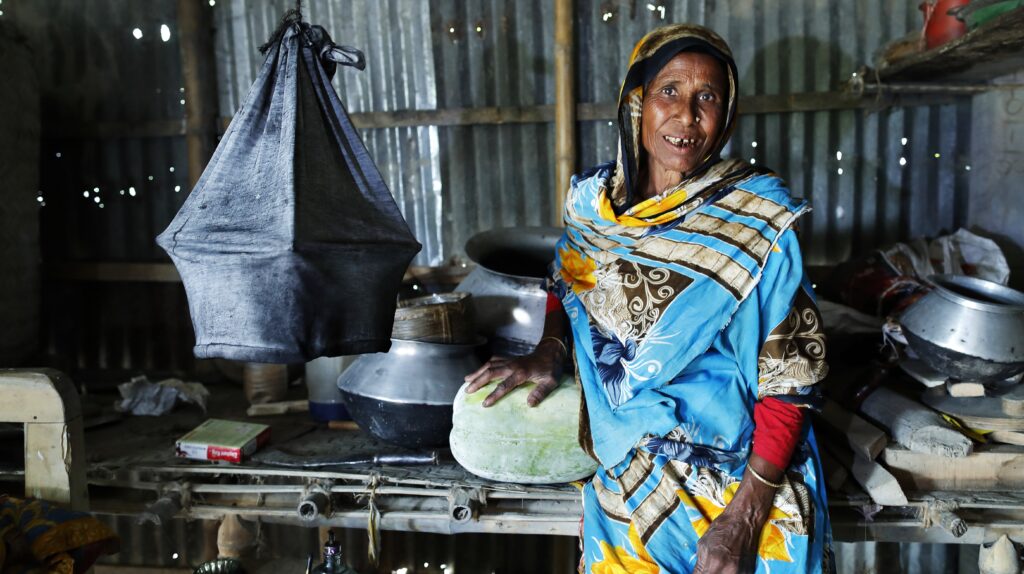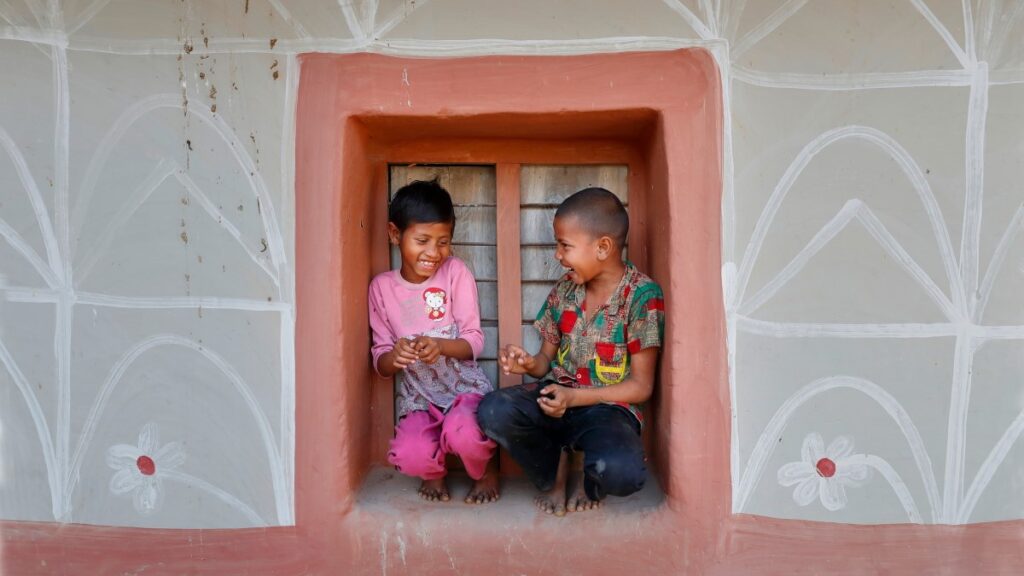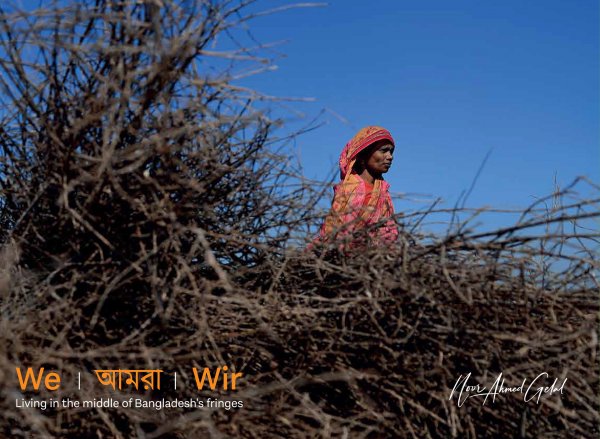Review by Gina Williams
What does it mean to be a person “on the margins?”
As acclaimed photographer Noor Ahmed Gelal shows us in his new photography book, “We — living in the middle of Bangladesh’s fringes,” it means living a life of resilience, pride, and beauty in the face of great challenges.
On several journeys over a period of three years, Gelal traveled to various regions often considered “marginal.” But what he discovered through his discerning lens shouldn’t be surprising — his images reveal courage, commitment, hard work, and not just survival but hope for the future among the people who call these special and fragile places home.
A master storyteller, Gelal takes the viewer with him through the great rivers’ region of Kurigram, a fishing and agricultural area since ancient times, rich with folk music and sacred traditions.

His images showcase the resilience of the people of Kurigram as they grapple with climate change and industrialization, resulting in seemingly constant hardships, from increased river silting to extreme floods that force residents to dismantle entire homes onto boats for safe keeping during times of high water.
With the backdrop of climate change and disturbing weather patterns leading to heavier and longer-lasting monsoon rains than before, along with other natural and human-caused disasters, Kurigram residents share their stories of resilience. In one striking image, a woman in her simple kitchen shows off a squash she is saving in preparation for a future emergency.
“This type of pumpkin lasts two years,” she states. “If I can’t leave the house during the next flood, I’ll use it to make a delicious curry.”

In the Naogaon district of Northern Bangladesh, another agricultural region, 90 percent of the population is Muslim and the majority live a simple farming life. More than two thirds of the labor force in the region is employed in agriculture.
A brightly clothed and smiling woman is photographed weighing vegetables in her shop. She once sold goods from door-to-door, but since receiving seed money assistance, was able to open a general store that she now runs to supply her village with everyday necessities.
Gelal captures the story of this land with grace — from showcasing the pride of women harvesting potatoes for a small daily wage to bright mud homes painted with floral ornaments, and the joy of a 90-year-old widow watering her newly planted mango tree after losing everything in the flood of 2017, to village meetings where communities come together to help build homes for those who are without shelter.

The book also shows viewers often overlooked success stories in the fringes of society, especially among indigenous groups and religious and ethnic minorities: Women learning new skills critical for earning their own income and making progress in traditionally male dominated enterprises such as cattle markets, business ownership, land leasing and farming, and offering veterinary services to name a few. Bangladeshi NGOs facilitate such change processes with financial support of the German Federal Ministry for Economic Cooperation and Development (BMZ).
As with so much of his work, Gelal goes deep into the heart of his subject. In “We,” Gelal shows us the hardship, but more importantly hope, shining out through the eyes of people, who given a seed, a fighting chance, have the will and courage to surmount the most difficult of obstacles before them.
“We — living in the middle of Bangladesh’s fringes”, photos by Noor Ahmed Gelal, texts by Peter Dietzel in German, Bengali and English; hardcover edition, format 303x215mm, 156 pages, price: 30 € plus 5 € shipping costs at NETZ, www.bangladesch.org.
